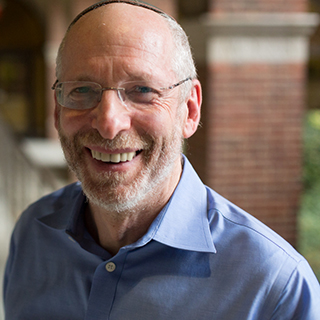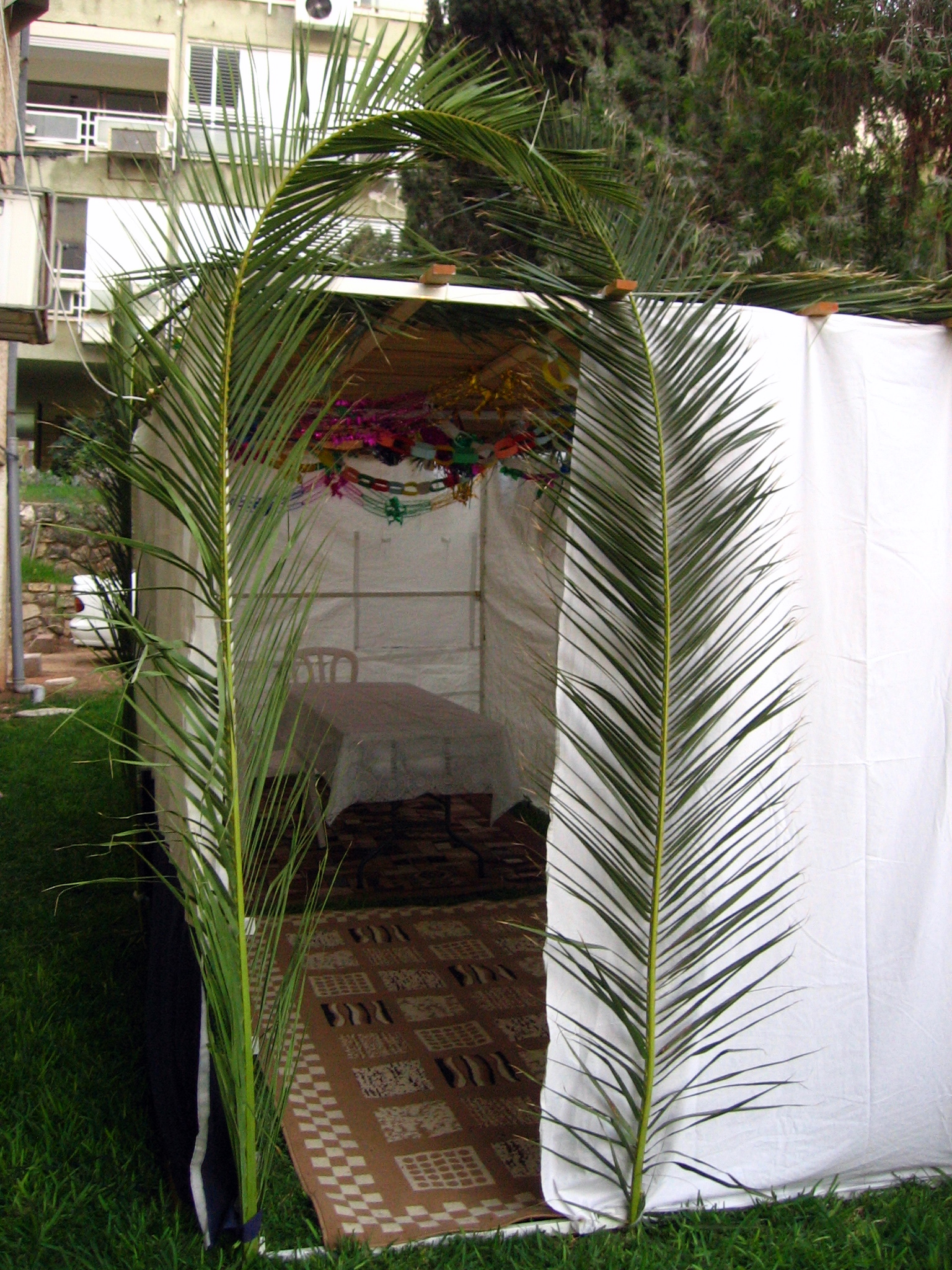We are All Sukkah-Dwellers


CC BY 2.0 RonAlmog via flickr
Since the accidental discovery of X-rays by Wilhelm Röntgen in 1895 and the subsequent creation of X-ray machines, we have been able to view our bodies through two different lenses. The first is what we see in the mirror—a body of flesh, which takes various forms and distinguishes one individual from another. The second is not visible to the naked eye; it is the skeletal structure that supports the flesh and organs that surround it. Though both are necessary constituent elements of our physical being, we are generally much more conscious of our outer being than our inner one. And yet, our bones are more durable than our flesh. Long after we die and our flesh has wasted away, our skeletal structure continues to exist.
The relationship between flesh and bone can serve as a useful paradigm for thinking about the symbolism of the sukkah; moreover, it can shape our experience of dwelling in it. All year long we dwell in houses. We experience them as durable shelters, places to retreat from the rest of the world and focus on our own lives, untethered to needs and demands of others—especially if we can avoid checking our smartphones. In this time of the COVID pandemic, our homes serve to protect us from the health threats that surround us.
The sukkot in which our ancestors dwelt, on the other hand, were—like the sukkot that we construct—frail structures that were vulnerable to collapse in the face of wind and exposed to rain from above. Moreover, the Israelites constructed their shelters in a forbidding wilderness, not knowing where they would encamp on the morrow.
It is easy to forget that so many of our fellow citizens live in modern-day sukkot—crumbling apartment buildings owned by indifferent landlords or sidewalk shelters made of cardboard boxes and ragged blankets. They contend not only with the frailty of their dwellings but also the uncertainty of what tomorrow will bring. We may pass by these people, but they are peripheral to our own lives. We may even instinctively turn away to avoid the unpleasant and disturbing sight of fellow human beings living in conditions of want and misery.
How do we develop a sense of connection with the needy that leads us to action? We can start by utilizing X-ray vision to look under the surface of our own dwellings. We will realize that in fact our homes are fundamentally sukkot as well. They are built of much sturdier stuff than the sukkot of our ancestors, but their walls cannot guarantee us security, freedom from want and anxiety, or protection against illness and depression. And so, we all spend our lives dwelling in sukkot; the festival of Sukkot is simply God’s way of reminding us of that fact.
How does one dwell in the world knowing that the walls of which we construct our lives may not hold in the face of adversity? The Talmud records the view of Rabbi Eliezer that the sukkot to which the Torah refers were not physical structures; rather, the people of Israel were housed together in a shelter consisting of the Cloud of Divine Glory (BT Sukkah 11b). This cloud sheltered the people from the elements and showed them the way through a hostile and unforgiving environment. Our ancestors could actually see a manifestation of the Divine presence and experience God intervening directly, and often miraculously, in their lives.
This is what we need: the shelter provided by Divine presence. But search the skies as we might, there are no clouds of glory to be found. Where, then, do we find God’s protection? A rabbinic teaching that has been a fundamental part of my own spiritual journey is the dictum, הרבה שלוחים יש לו למקום להכין מזון ליראיו, “God has many agents to sustain those fear God” (see Rashi on Exod. 16:32, s.v. לדורותיכם). Who are these agents? We are. Each of us is divinely empowered to provide sustenance (physical, emotional, psychological, or spiritual) to our fellow human beings. We all dwell together in the frail sukkah of human existence, searching for a haven in the face of life’s stormy winds. We can turn to each other and provide for each other shelter from the storm: better housing, adequate medical care, greater dignity, relief from mental anguish, spiritual guidance and inspiration, words and actions expressing love and connection, and so much more. And in doing this we also sustain ourselves, for where can we find meaning and joy in our lives but in fully embracing our sacred mission to love and support all our fellow human beings, each of whom, our Rabbis tell us, would be reason enough for the world to be created (see Mishnah Sanhedrin 4:5)?
This year, dwelling in our sukkot in a time when our defenses seem particularly inadequate and in which we are all too aware of the frailty of human existence, let us visit each other’s sukkot and say, I, like you, dwell in a sukkah. And I am here to help you find your way through the wilderness despite your fears, and mine, that the rain will pour in and the walls will collapse. Together, with the strength drawn from God’s presence, we will prevail.
The publication and distribution of the JTS Commentary are made possible by a generous grant from Rita Dee (z”l) and Harold Hassenfeld (z”l).



